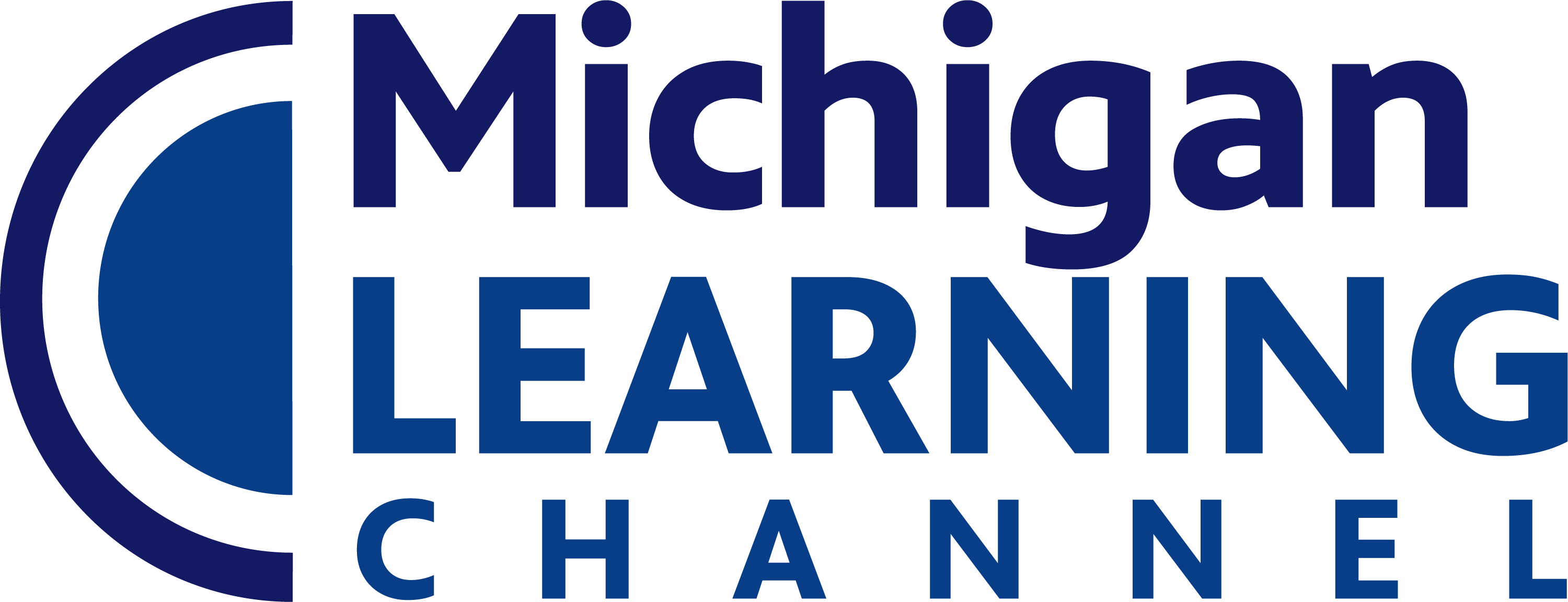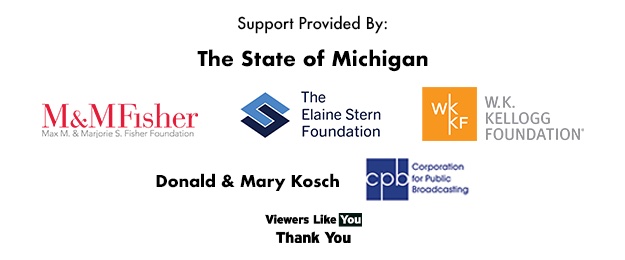Subjects
Shows
Find the volume of a right rectangular prism with whole-number side lengths by packing it with unit cubes, and show [...]
Apply the formulas V =(l)(w)(h) and V = (b)(h) for rectangular prisms to find volumes of right rectangular prisms with [...]
Recognize volume as additive. Find volumes of solid figures composed of two non-overlapping right rectangular prisms by adding the volumes [...]
Use a pair of perpendicular number lines, called axes, to define a coordinate system, with the intersection of the lines [...]
Represent real world and mathematical problems by graphing points in the first quadrant of the coordinate plane, and interpret coordinate [...]
Understand that attributes belonging to a category of two-dimensional figures also belong to all subcategories of that category. For example, [...]
Classify two-dimensional figures into categories based on their properties. Classify two-dimensional figures in a hierarchy based on properties.
Add and subtract fractions with unlike denominators (including mixed numbers) by replacing given fractions with equivalent fractions in such a [...]
Solve word problems involving addition and subtraction of fractions referring to the same whole, including cases of unlike denominators, e.g., [...]
Interpret a fraction as division of the numerator by the denominator (a/b = a ÷ b). Solve word problems involving [...]
Apply and extend previous understandings of multiplication to multiply a fraction or whole number by a fraction.
Use parentheses, brackets, or braces in numerical expressions, and evaluate expressions with these symbols.
Write simple expressions that record calculations with numbers, and interpret numerical expressions without evaluating them. For example, express the calculation [...]
Generate two numerical patterns using two given rules. Identify apparent relationships between corresponding terms. Form ordered pairs consisting of corresponding [...]
Recognize that in a multi-digit number, a digit in one place represents 10 times as much as it represents in [...]
Explain patterns in the number of zeros of the product when multiplying a number by powers of 10, and explain [...]
Read and write decimals to thousandths using base-ten numerals, number names, and expanded form, e.g., 347.392 = 3 × 100 [...]
Compare two decimals to thousandths based on meanings of the digits in each place, using >, =, and < symbols [...]
Understand the place value system. Use place value understanding to round decimals to any place.
Fluently multiply multi-digit whole numbers using the standard algorithm.
Model how information is broken down into smaller pieces, transmitted as packets through multiple devices over networks and the Internet, [...]
Discuss real-world cybersecurity problems and how personal information can be protected.
Organize and present collected data visually to highlight relationships and support a claim.
Use data to highlight or propose cause-and-effect relationships, predict outcomes, or communicate an idea.
Compare and refine multiple algorithms for the same task and determine which is the most appropriate.
Create programs that use variables to store and modify data.
Create programs that include sequences, events, loops, and conditionals.
Decompose (break down) problems into smaller, manageable subproblems to facilitate the program development process.
Modify, remix, or incorporate portions of an existing program into one's own work, to develop something new or add more [...]
Use an iterative process to plan the development of a program by including others' perspectives and considering user preferences.
Observe intellectual property rights and give appropriate attribution when creating or remixing programs.
Test and debug (identify and fix errors) a program or algorithm to ensure it runs as intended.
Take on varying roles, with teacher guidance, when collaborating with peers during the design, implementation, and review stages of program [...]
Describe choices made during program development using code comments, presentations, and demonstrations.
Discuss computing technologies that have changed the world, and express how those technologies influence, and are influenced by, cultural practices.
Brainstorm ways to improve the accessibility and usability of technology products for the diverse needs and wants of users.
Seek diverse perspectives for the purpose of improving computational artifacts.
Use public domain or creative commons media, and refrain from copying or using material created by others without permission.
Describe how internal and external parts of computing devices function to form a system.
Model how computer hardware and software work together as a system to accomplish tasks.
Determine potential solutions to solve simple hardware and software problems using common troubleshooting strategies.
Students recognize and utilize the features and functions of a variety of creation or communication tools.
Student create original works and learn strategies for remixing or repurposing to create new artifacts.
Students create digital artifacts to communicate ideas visually and graphically.
Students learn about audience and consider their expected audience when creating digital artifacts and presentations.
Students use digital tools to broaden their perspectives and enrich their learning by collaborating with others and working effectively in [...]
Students use digital tools to work with friends and people from different backgrounds or cultures.
Students use collaborative technologies to connect with others, including peers, experts and community members, to explore different points of view [...]
Students perform a variety of roles within a team using age-appropriate technology to complete a project or solve a problem.
Subjects
Shows
Find the volume of a right rectangular prism with whole-number side lengths by packing it with unit cubes, and show [...]
Apply the formulas V =(l)(w)(h) and V = (b)(h) for rectangular prisms to find volumes of right rectangular prisms with [...]
Recognize volume as additive. Find volumes of solid figures composed of two non-overlapping right rectangular prisms by adding the volumes [...]
Use a pair of perpendicular number lines, called axes, to define a coordinate system, with the intersection of the lines [...]
Represent real world and mathematical problems by graphing points in the first quadrant of the coordinate plane, and interpret coordinate [...]
Understand that attributes belonging to a category of two-dimensional figures also belong to all subcategories of that category. For example, [...]
Classify two-dimensional figures into categories based on their properties. Classify two-dimensional figures in a hierarchy based on properties.
Add and subtract fractions with unlike denominators (including mixed numbers) by replacing given fractions with equivalent fractions in such a [...]
Solve word problems involving addition and subtraction of fractions referring to the same whole, including cases of unlike denominators, e.g., [...]
Interpret a fraction as division of the numerator by the denominator (a/b = a ÷ b). Solve word problems involving [...]
Apply and extend previous understandings of multiplication to multiply a fraction or whole number by a fraction.
Use parentheses, brackets, or braces in numerical expressions, and evaluate expressions with these symbols.
Write simple expressions that record calculations with numbers, and interpret numerical expressions without evaluating them. For example, express the calculation [...]
Generate two numerical patterns using two given rules. Identify apparent relationships between corresponding terms. Form ordered pairs consisting of corresponding [...]
Recognize that in a multi-digit number, a digit in one place represents 10 times as much as it represents in [...]
Explain patterns in the number of zeros of the product when multiplying a number by powers of 10, and explain [...]
Read and write decimals to thousandths using base-ten numerals, number names, and expanded form, e.g., 347.392 = 3 × 100 [...]
Compare two decimals to thousandths based on meanings of the digits in each place, using >, =, and < symbols [...]
Understand the place value system. Use place value understanding to round decimals to any place.
Fluently multiply multi-digit whole numbers using the standard algorithm.
Model how information is broken down into smaller pieces, transmitted as packets through multiple devices over networks and the Internet, [...]
Discuss real-world cybersecurity problems and how personal information can be protected.
Organize and present collected data visually to highlight relationships and support a claim.
Use data to highlight or propose cause-and-effect relationships, predict outcomes, or communicate an idea.
Compare and refine multiple algorithms for the same task and determine which is the most appropriate.
Create programs that use variables to store and modify data.
Create programs that include sequences, events, loops, and conditionals.
Decompose (break down) problems into smaller, manageable subproblems to facilitate the program development process.
Modify, remix, or incorporate portions of an existing program into one's own work, to develop something new or add more [...]
Use an iterative process to plan the development of a program by including others' perspectives and considering user preferences.
Observe intellectual property rights and give appropriate attribution when creating or remixing programs.
Test and debug (identify and fix errors) a program or algorithm to ensure it runs as intended.
Take on varying roles, with teacher guidance, when collaborating with peers during the design, implementation, and review stages of program [...]
Describe choices made during program development using code comments, presentations, and demonstrations.
Discuss computing technologies that have changed the world, and express how those technologies influence, and are influenced by, cultural practices.
Brainstorm ways to improve the accessibility and usability of technology products for the diverse needs and wants of users.
Seek diverse perspectives for the purpose of improving computational artifacts.
Use public domain or creative commons media, and refrain from copying or using material created by others without permission.
Describe how internal and external parts of computing devices function to form a system.
Model how computer hardware and software work together as a system to accomplish tasks.
Determine potential solutions to solve simple hardware and software problems using common troubleshooting strategies.
Students recognize and utilize the features and functions of a variety of creation or communication tools.
Student create original works and learn strategies for remixing or repurposing to create new artifacts.
Students create digital artifacts to communicate ideas visually and graphically.
Students learn about audience and consider their expected audience when creating digital artifacts and presentations.
Students use digital tools to broaden their perspectives and enrich their learning by collaborating with others and working effectively in [...]
Students use digital tools to work with friends and people from different backgrounds or cultures.
Students use collaborative technologies to connect with others, including peers, experts and community members, to explore different points of view [...]
Students perform a variety of roles within a team using age-appropriate technology to complete a project or solve a problem.


